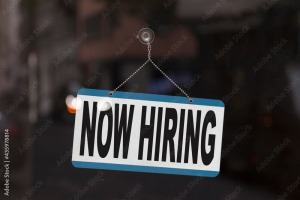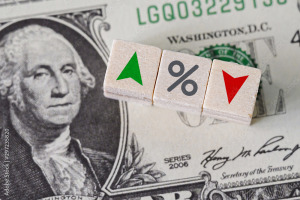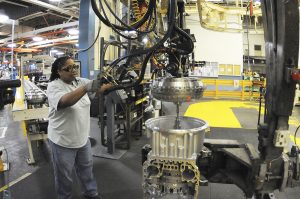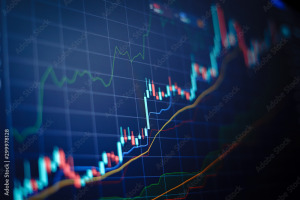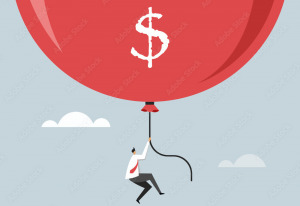
Higher gas, rents keep U.S. inflation elevated, likely delaying Fed rate cuts
The March figures, the third straight month of inflation readings well above the Fed’s 2% target, provide concerning evidence that inflation is stuck at an elevated level after having steadily dropped in the second half of 2023.

